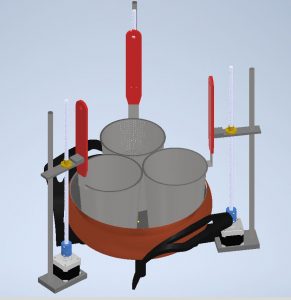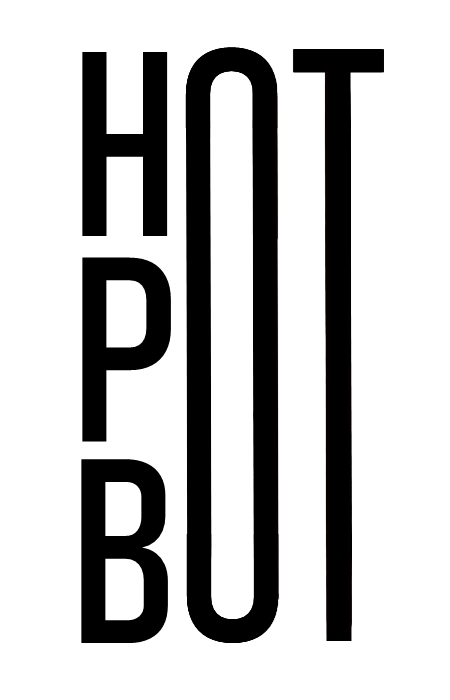This week, we started actual work into many of the tasks for this project. We started the week deciding on a parts list and ordering the parts. This allowed CAD modeling to begin, which would be very useful for the Design Review presentation next week. We also worked on the Design Review presentation, which will be presented next week. Additionally, we used the footage we gathered last week to start work on the Computer Vision part of the project. We were able to subtract the background of the video, which should help us on the next steps on our way to correctly identifying the different ingredients.
We are on pace with our schedule with our schedule. CAD modeling is going well, but will definitely have to be remodeled as parts come in and we have more exact dimensions, so the bit of extra pace in modeling so far should come in useful in mitigating the risks and possible setbacks associated with redoing CAD models. Work on the strainer mechanism control should be on track to start in the coming week, given that the motor parts arrive on time. Our biggest risk currently would be delayed shipping times. However, we have mitigated this risk by establishing work that can be done without hardware. Rough CAD models can be created without physical access to the hardware, and motor firmware can be written without a physical motor. In addition, we have access to a similar motor and stepper driver via a personal 3D printer, so we could also use that for testing in case of an emergency. On the computer vision front, there are obvious risks that come from the uncertain aspect of signals processing. However, we are encouraged by our initial success in our background subtraction, which will hopefully give us time in case of any issues down the line.
Here is a video of our background subtraction in action:

Here is a view of our initial CAD model:

